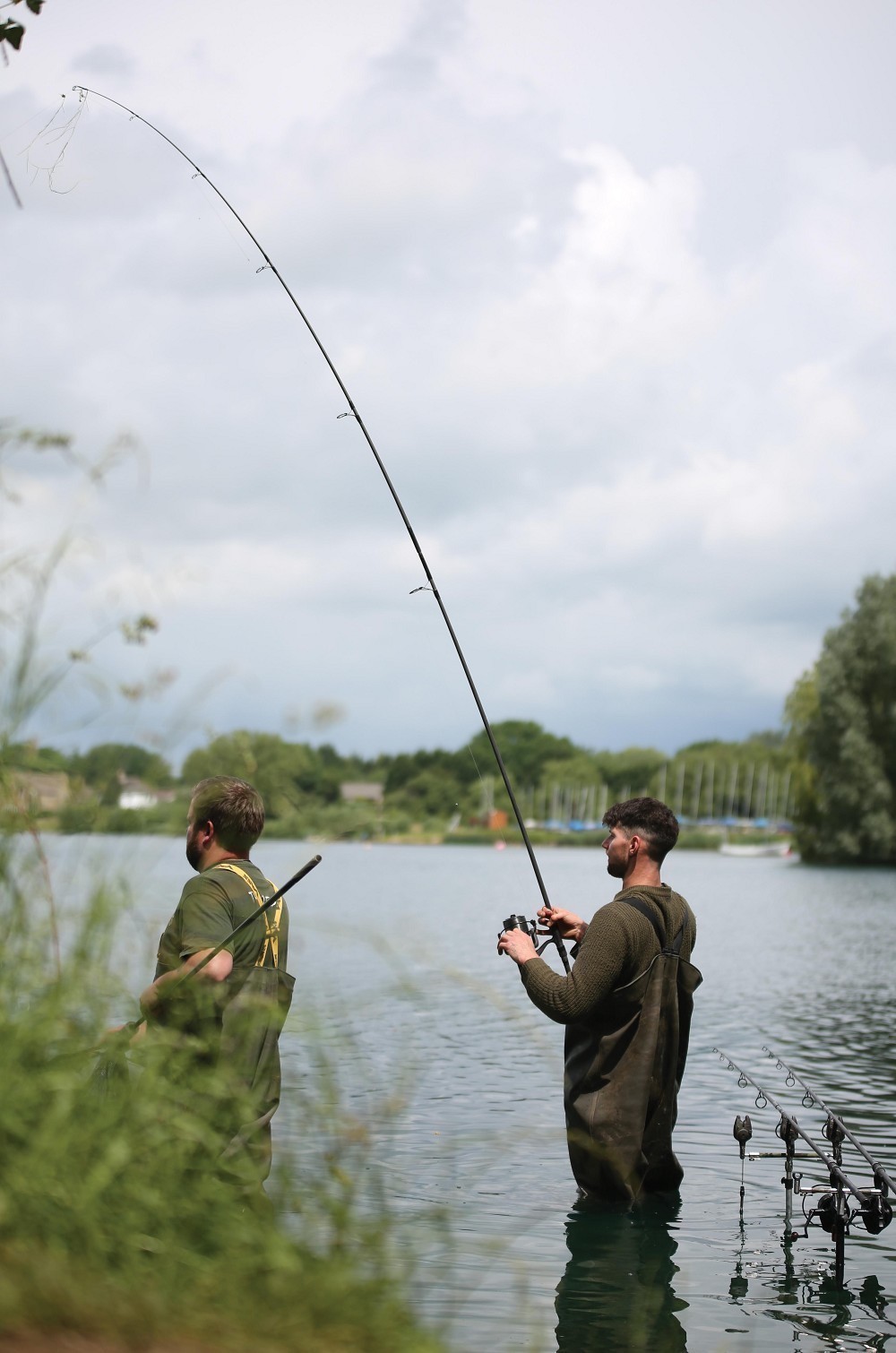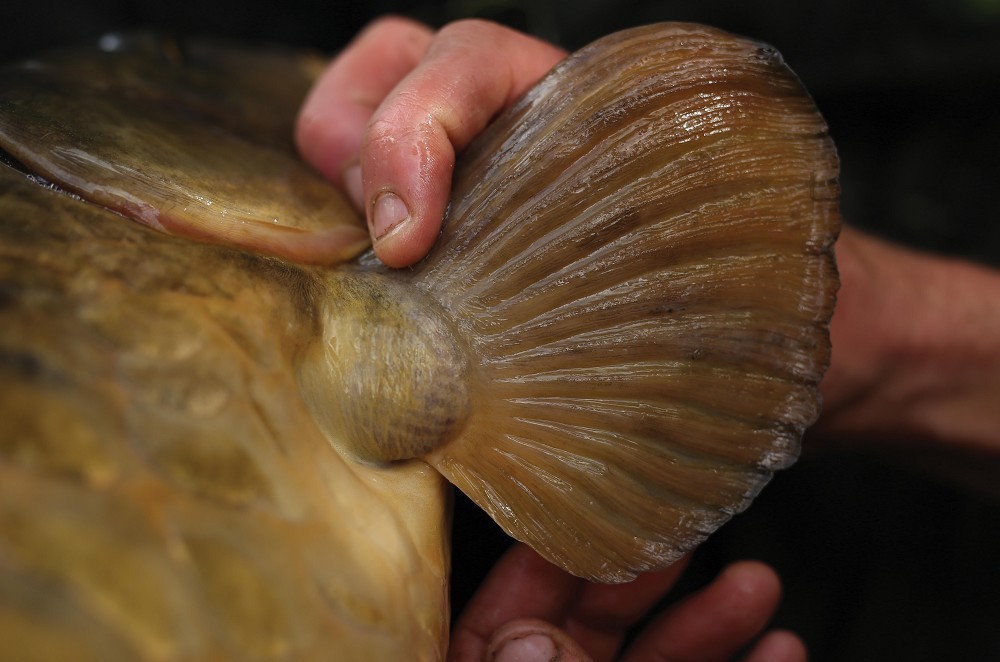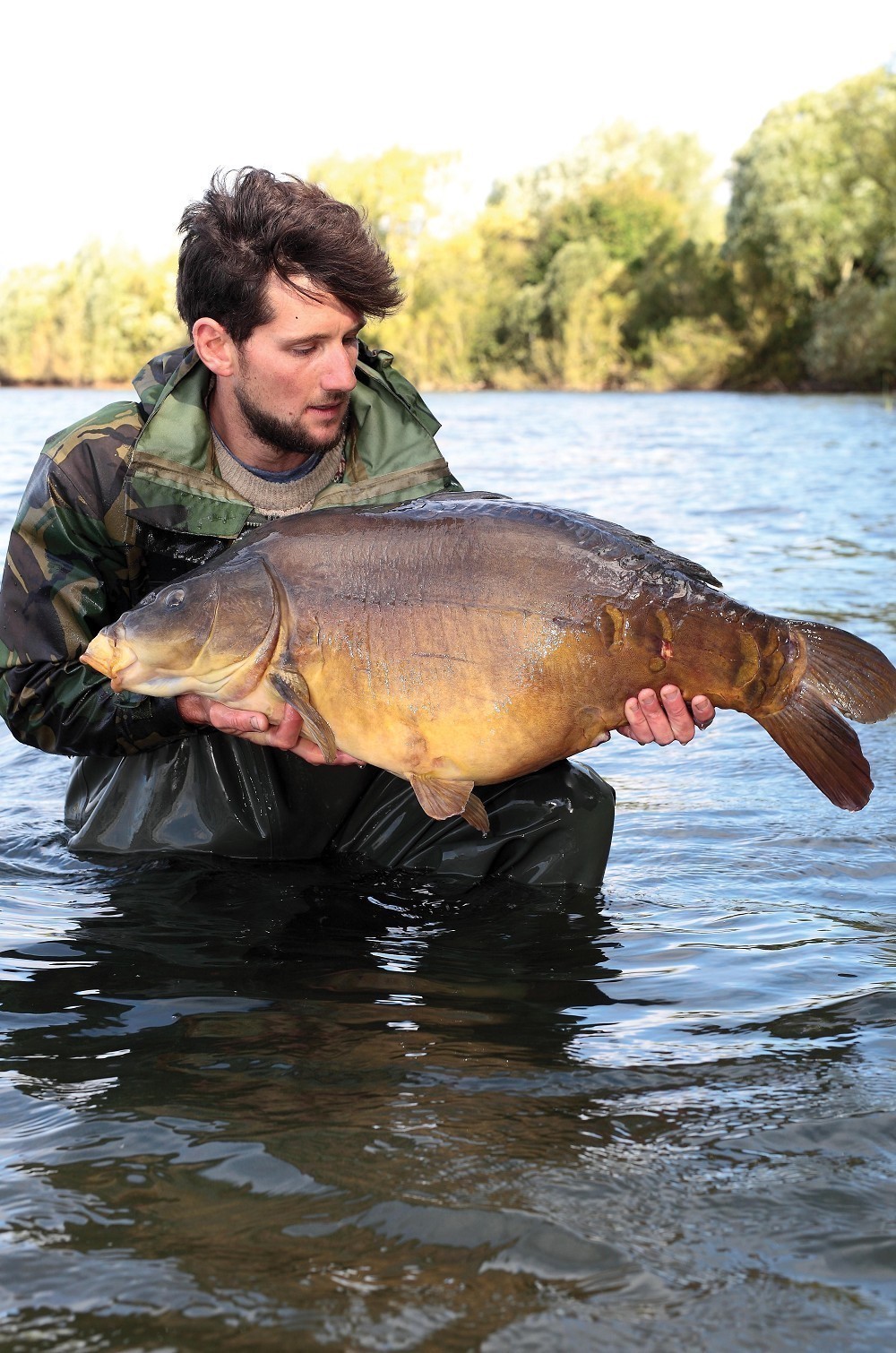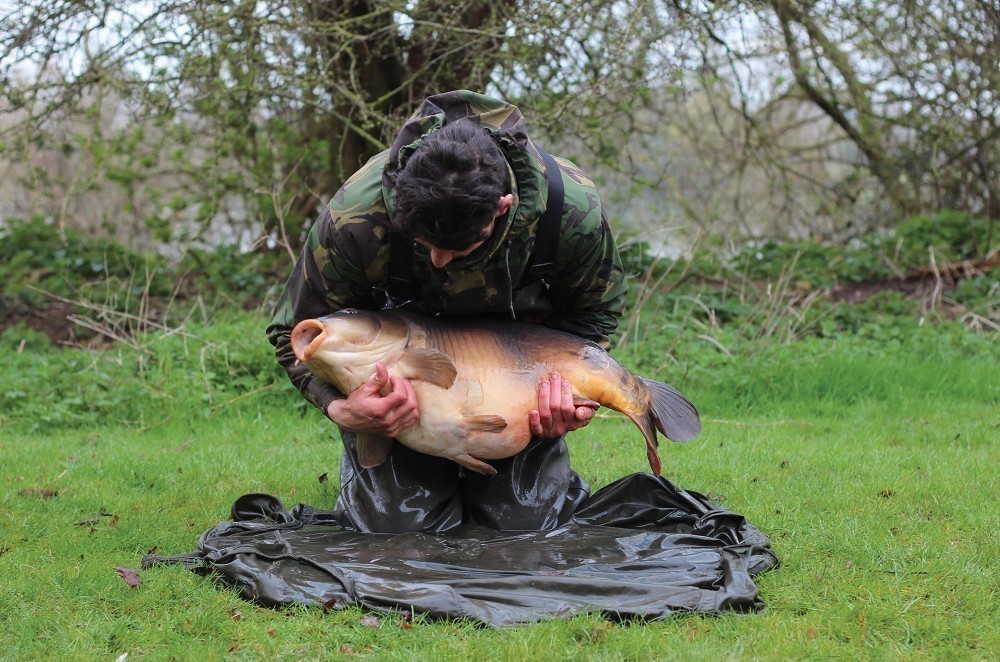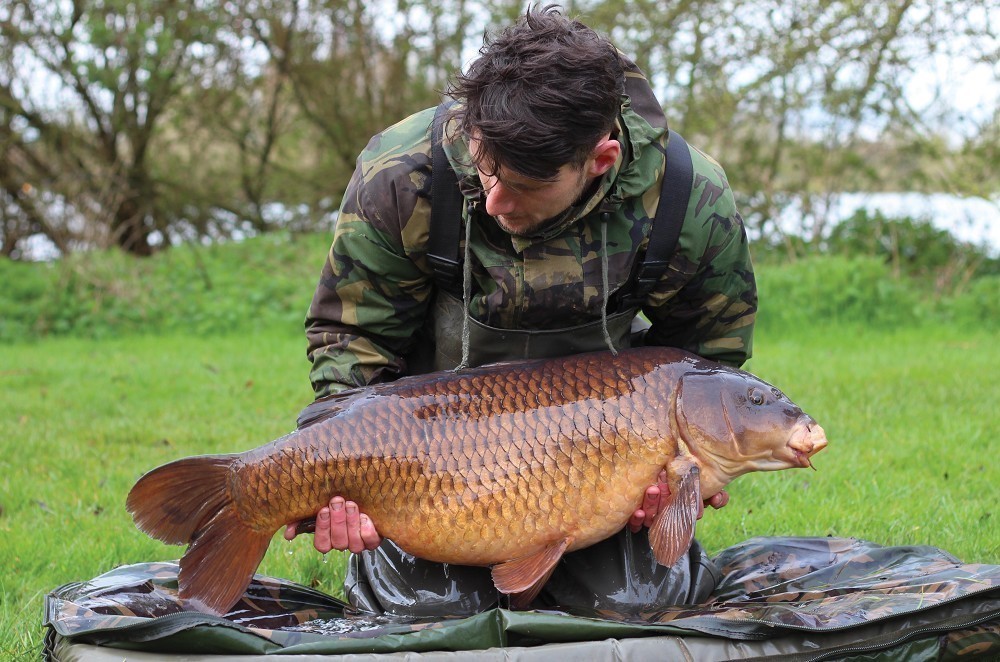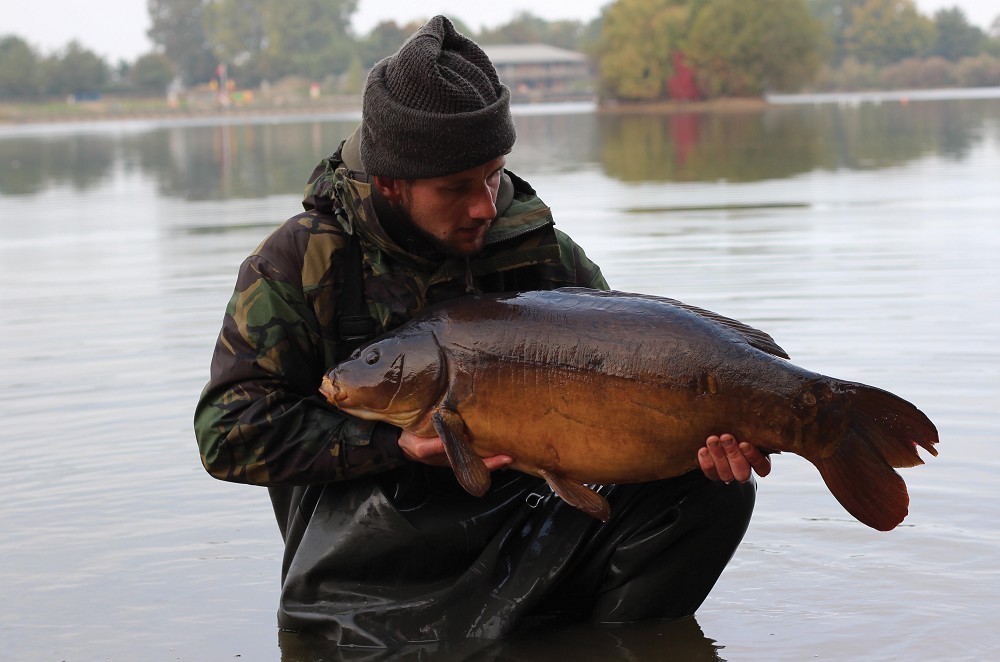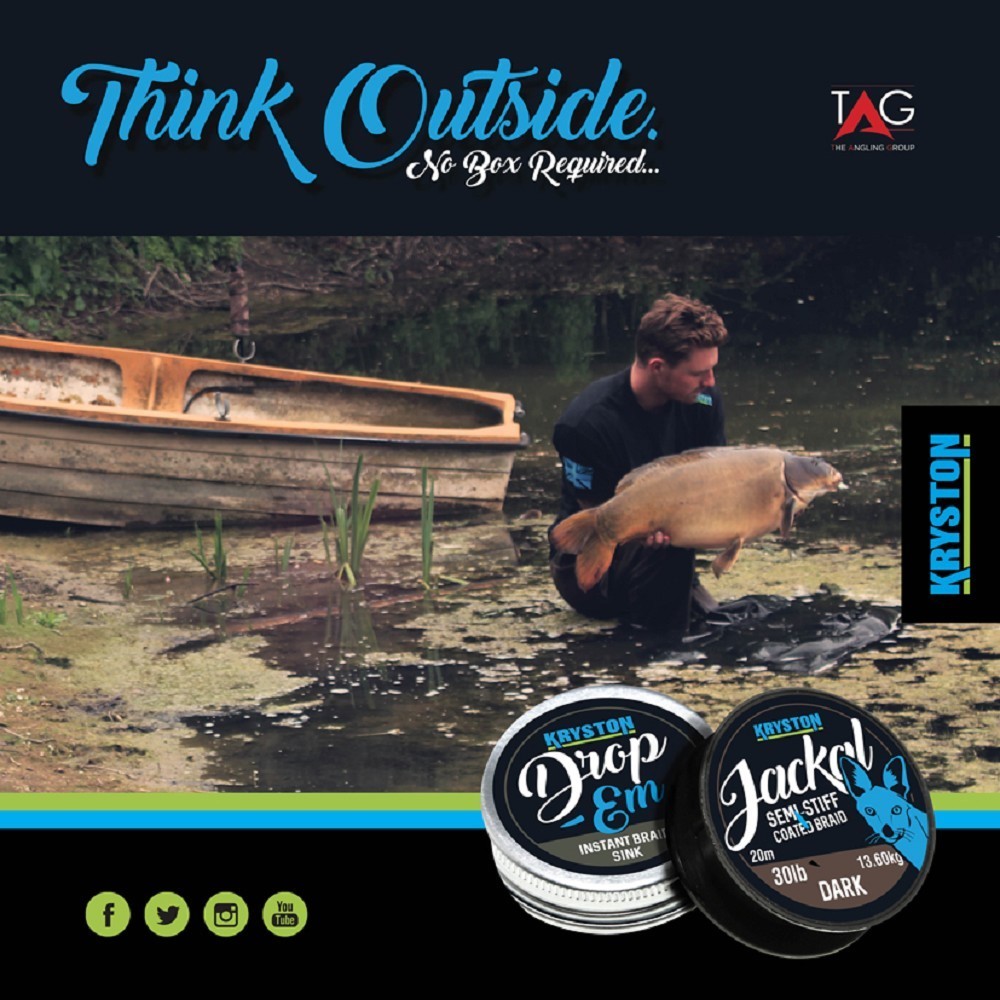Big pit dreams
Mitch Hammond explains why he enjoys fishing big pits so much...
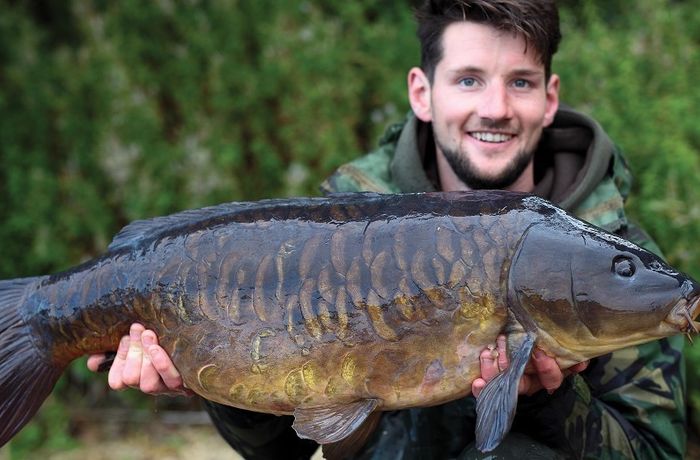
Whilst on the surface it would appear that the big pit discovery days are over – Sonning, Wraysbury and Burghfield, Sharp, Lane and Hearn – record-breaking venues and anglers who achieved the ultimate buzz of catching rarely caught, there are still some lads out there, like Mitch, who enjoy the excitement of taking on the carp and not fellow anglers, having hundreds of acres at their disposal whilst taking in the wilderness. Here’s an insight into his fishing and how he goes about tackling these huge inland seas…
CARPology: What is it about big pits that excited you so much and when did you start fishing them?
Mitch: “It was when I moved down to the Cotswold Water Park when it started. I had always been fascinated and excited by them and when I moved here, there is pretty much nothing but big pits. It is the adventure, the journey it takes you on, the mystery and excitement that it brings. For me, it isn’t about looking across at someone else, watching what they are doing and how they are doing it. I have done that sort of fishing before and I just don’t enjoy it at all. You are alone on big pits, just you and the carp and sometimes you may not bump in to someone for days. Tucked away in the wilderness and left to do your own thing. That freedom and solitude is so relaxing and peaceful, I just love it. Of course the carp can also be incredible too, and this is a huge draw. They are nearly always in pristine condition, rarely seeing the bank and being subject to mistreatment and bad handling.”
CARPology: The big lakes seem to be a lot quieter nowadays, despite common knowledge of the stamp of fish that are in there, why is this do you think?
Mitch: “I suppose it is because people always turn round and say how hard it is. What have they got to go on to formulate this conclusion is the question you need to ask yourself. A friend may have had a ticket a few years ago, fished a couple of weekends in the wrong area, never even saw a fish and said it’s solid. I always go on what I have seen or experienced. Big pit fish behave totally different to the smaller, higher stocked water carp. Learning how they operate and go about their feeding and daily routines is absolutely key to catching them. Quite often they are low-stocked, which I like even more. It makes every capture special and even greater achievement. It doesn’t however make those fish harder to catch. There may be 50 fish in 150-acres and it sounds daunting, but those fish could be very easy to catch should you locate them.”
CARPology: What would you say the biggest limitations are that you are faced with on these sorts of lakes?
Mitch: “Take the Water Park for example: you can only fish certain areas of the lakes because of the sailing clubs. This gives the carp acres of out-of-bounds areas that they can remain safe in. They also spend a lot of time out at range, particularly early on in the year. I am fortunate to be able to cast a long distance. Even ranges up to 200yds won’t put you on the fish at times though, so it is not always a go-to method. It does however allow me to pre-bait areas of the lake that others can’t reach or jump on. I am a big fan of pre-baiting and make a point to do it as much as I can. The boats are also a bit of a nightmare, with speedboats ploughing through the swim only ten-yards in front of the rod tips. They tear loads of weed up and send huge rafts of the stuff floating round and it wipes out your lines all day long.”
CARPology: With the lakes being quiet, do the fish ever come in really close?
Mitch: “Oh yeah, that’s the best bit. If they have been left alone for a while and a fresh wind has sprung, they can be just a stone’s throw away from the bank. That is one of the things I love most about these big pits. The fish can behave how carp want to behave and are not dictated too much on angling pressure. Don’t get me wrong, they are not stupid, but they will do things that carp stereotypically do. The amount of times that I have found fish close in, flicked a few rods out and had a bite almost instantly. I pay so much attention to the weather forecast and am looking to be on those big winds. I don’t think weather plays too much of a role on pressured, small lakes, but these big pits it can be everything. They are all really rich and often weedy and when that wind whips up, it stirs up all that weedy and the natural larder, encouraging the fish to feed.”
CARPology: When you are fishing out in the pond, what sort of areas are you looking to fish?
Mitch: “I am a huge fan off fishing on top of the bars to be honest. I know it is the done thing to be looking for the silt, but the gravel carries so much natural food. The shrimps, snails and insects will be looking for warmth and the shallowest water, which is on top of the bars. The fish also use them almost like highways to get from one end of the pond to the other. We even call one bar the M1 as a reference point, it runs straight down the lake and the fish use it all the time. You can tell a lot of these fish are gravel feeders with their melted fins and tough mouths. They don’t have long barbules, because they have worn away from feeding on the hard bottom too. The fish have not been caught a lot, so don’t really associate them with danger.”
CARPology: How do you go about locating carp on these huge pits?
Mitch: “You just have to spend as much time down there as you possibly can. If you can build a picture of when the fish are where and what time they are there, you have a picture of what it is that they are doing. You find too that the fish are extremely active during the night. I sit up all night at times and you will be amazed how much you can hear and even see in the silhouettes. When the wind is up and the pressure is low, it is prime for a bite and I’m almost rubbing my hands together.”
CARPology: You mention pre-baiting, do you use a lot of bait and what do you use?
Mitch: “I do use a hell of a lot of bait and it costs me a fortune, but for me it is the biggest edge you can take on to any lake. I am a bit of a sucker for boilie fishing; I love it and use them almost exclusively. There are times when I will cook up particles, but I bait with boilies and lots of them.
“With the Krill, which is the bait I am using, everything latches on to it. These fish live on a diet of naturals and crayfish, so feeding something fishy, rich in protein and highly attractive, I know they will accept my bait from the off.
“I wouldn’t think twice about putting 5kg of boilie on the spot to start with. It is nothing when you look at it on the bottom and these fish eat a mental amount of food. All that energy that they are burning off from getting around the lake needs replacing in food.
“It does cost me a lot of money and is my biggest expense in fishing, but I feel it catches me so many more fish than I would do if was fishing with particles. There are also a lot of bream and tench, so I want to use something that isn’t going to get smashed by them. The carp don’t hang about for long, the times you do catch them they are often just passing through. I want enough bait down there to stop them in their tracks and pull them down to the spot. I have thrown 5kg of bait in the out-of-bounds before and watched eight fish smash the lot in less than five-minutes – especially with the Krill, I have never seen fish get so addicted to bait quite like it. I want the fish to eat it in their home and feel safe doing it. I want them getting used to coming across it and going in that frenzy feeding that they will do in the out-of-bounds.”
CARPology: I have had a glimpse at your rigs and you seem to be a fan of big, strong tackle?
Mitch: “Absolutely. Like I said, the fish are not very riggy on these sorts of lakes and I want to make sure that when I hook one, I land it. I use Stiff Rigs for most of my fishing to be honest with strong booms and size 3 hooks. If you look at the size of their mouths, they are the size of a bloody tea mug and a size 3 is tiny in comparison.
“This rig suits the baiting approach I have, spreading boilies all over the bar. I have so much confidence in it and it rarely if ever lets me down. I do use it in conjunction with bright hookbaits a lot too; often having one on a match the hatch and the other two on coloured hookbaits, maybe one on a pink and one on an orange, just to grab their attention as they are passing through. I have found that they tend to avoid yellow and white on the lakes that I have fished, but everyone comes to various conclusions.
“Feeding them in the out-of-bounds or no fishing areas can give you a good idea of what they want too. I know they can’t be fished for and they behave slightly differently, but if they are avoiding something in there, they will certainly ignore it out in the main area of the lake.
“This session I am on now, I am fishing a bar at 140yds on Bradleys, which is a day ticket lake. I saw a few fish showing around the spot and then within minutes I have had a bite. The fish were not there for long, but they clearly picked out that little pink hookbait as one of the first and bang, I have got a bite. It is proper opportunist fishing and you can have big hits, but generally you will nick one or two until they pass again.”
CARPology: Is there something about these big pit carp that really light the fire and tick all the boxes when it comes to carp?
Mitch: “Oh yeah, just look at them. Even that 22lb mirror I have just slipped back, what an incredible carp it was. It was in mint condition, absolutely stunning and solid with muscle. Each fish is full of character and have their own individualities. They could be a long and lean common, a deep sparsely scaled mirror with a huge gob and great big pecs. They are all different and that’s what I love so much.”
CARPology: Can we touch on your job because it is a totally unique one and a job that allows you to spend a lot of time on the water?
Mitch: “I studied Fishery Management at Sparsholt and since then have always had jobs in and around fishing. I just love being outside, I am not one of these that could sit there for hours on end in front of a computer screen. I help out with the fishery management of the Watermark Fisheries, as well as dealing with the crayfish in the Water Park. They are an increasingly bad problem and I do my best to get rid of as many as I possibly can for people. It means that I am always out in the boat getting my traps and it can be extremely time-consuming. Sometimes I can be out until 2am doing it and it can be hard work, but it is something I love doing.”
CARPology: How does the ordinary angler combat crayfish because they are becoming an increasing problem?
Mitch: “There are a few things you can do and to be honest, I do these things as a matter of course now without even thinking. The first one is be aware of how much they love putty. They actually eat it and if you are relying on it to weight your pop-up down, I would put something else on it to make sure that it still goes down. I use lead wire from the inside of the leadcore to wrap around the swivel, and then neaten it off with some putty. This just means that the pop-up will always sink slowly even if the putty is gone. Some companies do a few little bits too, like the Thinking Anglers Tungsten Beads that they will find much harder to take off the rig.
“Meshing or wrapping your baits is also very important and is a way of making sure your hookbait stays intact and in the water for longer. I use corkball pop-ups quite a bit that I have made at home, which are made from the Hookbait Kit which have extra egg albumen in the mix to toughen it up further.
“It is around May that they are not such of a problem, due to them mating. They go really soft, like a jelly and won’t touch your bait. This is also a time when the carp can be really tricky to catch, as there is thousands of little balls of protein sat there waiting for a carp to gobble up. They spawn around October and November and hold their eggs until April, then drop them all, which can be a lot. Then the cycle repeats itself and it happens all over again. The lake I am fishing now doesn’t start fishing until June and I think that is down to the fact that the carp are just gouging on crayfish during April and May.”
CARPology: If the crays were really bad, would you choose a certain type of bait to deter them?
Mitch: “At the end of the day, if they want it, they will have it. It could be a tiger nut or even plastic, they will have it. If I were having big problems then I would use something like the Manilla which is a sweeter bait to something like the Krill. I would prefer to use the Krill in a fishing sense, but if the crayfish won’t allow it, it may be worth switching to a nutmeal.
“I use a 30lb boom section and 25lb hooklink section on my stiff links to reduce the chances of the crays damaging with it and that’s all you can do. Just try and do anything you can that will reduce the chances of the crays doing the damage.”
CARPology: What is your stand-out capture since fishing the big pits?
Mitch: “It would have to be a mid-thirty pure leather, but unfortunately I don’t have pictures with it. Well, I do, but they are just terrible and unusable to be honest but I don’t really care. It was such an amazing and unique carp. I know it was a really rare one, which was one of nine spread across the Water Park by Tom Banks years ago.
“I wouldn’t really say that there is any real stand out ones other than that, mainly because I really enjoy the fish leading up to the big ‘un. I don’t care how big they are, they are all special. It is that moment when you hold them in your arms and realise how much money, time and effort you put in to it to achieve those moments and you know how much it is worthwhile.
“I spend a lot of money on bait, I have to hide it so my missus doesn’t find out. I remember when she saw four boxes of bait on the side and she couldn’t believe how much I had spent on it! At the end of the day, big fish love bait and I want to catch them, so I have no choice.
“You only have to look how much people like my mate Myles Gibson puts in. He is turning up with buckets of particles, maize, boilies, pellets and all sorts, anything he can. At certain times of year of course, but on one of the lakes across the road that he was really successful on, he was going through a mental amount. It is no coincidence that he had the best season that anyone has ever had on that lake and had the big ‘un twice is it? I don’t have the time to really bait that heavily, as I can only really fish the nights and I have to reel in during the morning and go to work so I can’t monitor the bait during the day.”



